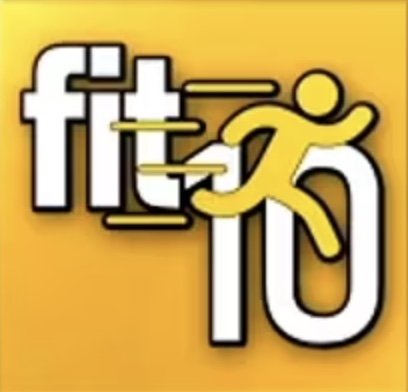
A fast and effective way to build strength
Four options to choose from
You may pick any of the following four push-up options, based on your current strength and ability, as demonstrated in the video. They are in descending order of difficulty with #4 being the complete/classic push up. Feel free to mix things up by doing several of these.
Wall – Begin here if you do not have enough strength to do any of the other options.
Elevated – This option takes some of the pressure off the back and is a good compromise between knees on the floor and a complete push up.
Knee – This option is ideal if you have lower back issues, or until you build up more strength to do a complete push-up.
Traditional – Classic push up.
5 benefits of push ups
1. It’s a good full body workout – By working on a large number of muscles in your body, push-ups help build full body strength. Push-ups help you focus on your arms, abs and your lower body, all at the same time. They train your muscles to work together and become stronger.
2. Helps create balance and stability – According to David Nordmark, author of the book Pushups for Everyone, “Push-ups help improve your reaction time by helping to train your proprioceptive muscle fibers.” These fibers are microscopic nerves that keep your body balanced.
3. Helps build muscle density – With age, you start to lose muscle density which alters the way in which your body uses and burns energy.
4. Upper body definition – Push-ups have sometimes been labeled as one of the most suitable upper body workouts, and for good reason. According to LaReine Chabut, “When you do a push-up, you recruit your core muscles to help keep your back straight and assist you in pulling your belly button toward your spine.”
5. A strong core – By core, we mean the abdominal section, waist, side of the waist and everything right down to the pelvis. Strong core muscles allow you to do physical activities with ease, helping with back problems and maintaining good posture.
